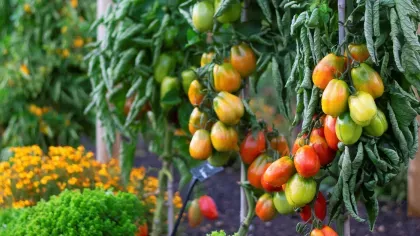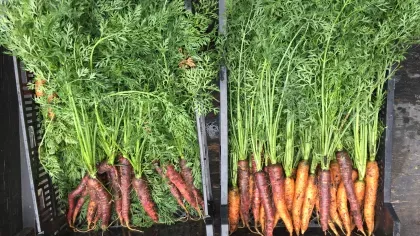9 December 2019
In pictures: Tubers of the future
Could these tiny tubers replace potatoes in the future?

Everybody loves their spuds, but we may not be able to rely on our tasty mash and roasties forever.
In the Kitchen Garden, we trialed some unusual tubers called oca and mashua that might be just the right veg to grace our Sunday roast in the future.
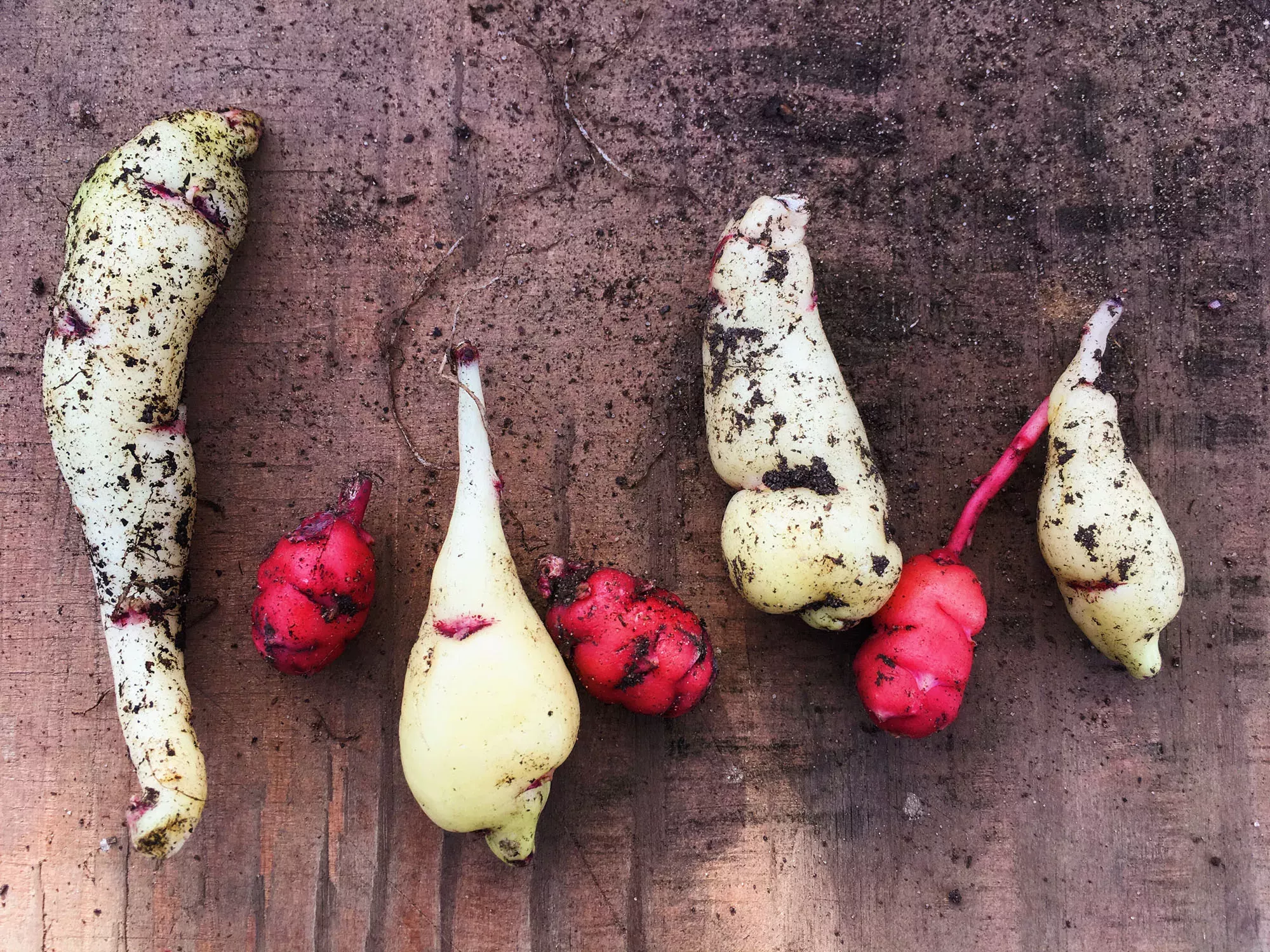
Alternative root crops
We chose not to grow maincrop potatoes (Solanum tuberosum) that we all know and love.
Instead, we experimented with more unusual root crops, including sweet potatoes (Ipomoea batatas) and Chinese artichokes (Stachys affinis).
But the stars of the show were oca (Oxalis tuberosa) and mashua (Tropaeolum tuberosum), which grew the best and had the highest yield.
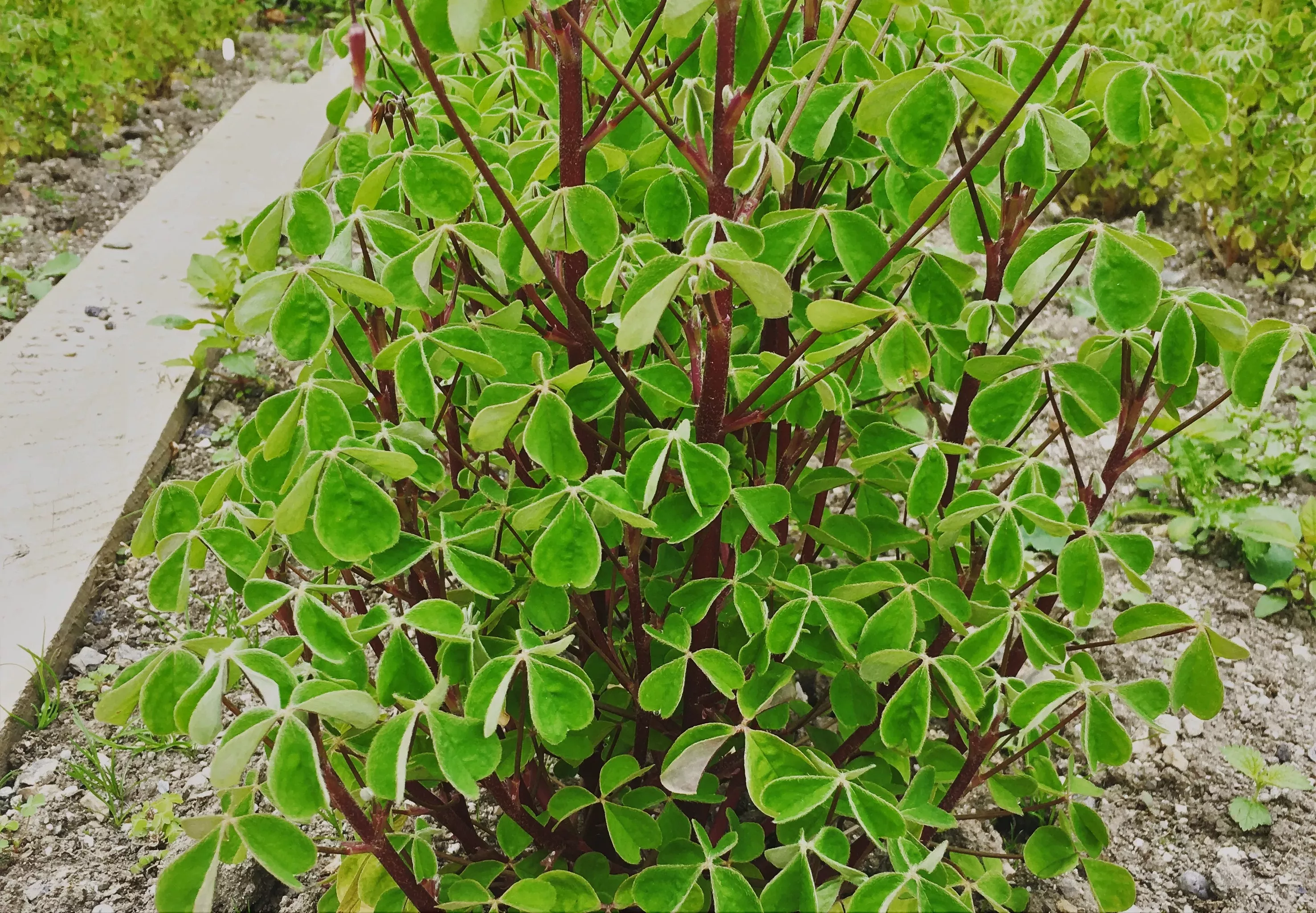
Resilient to blight
Oca and mashua originate from the Andes, just like the potato itself. But unlike the potato, they’re not affected by blight which can often destroy entire potato crops.
Potato blight is caused by fungus-like organism Phytophthora infestans, which spreads through the air and develops when it's warm and humid.
One of the most notorious plant diseases, it swept across Europe in the 1840s and lead to the Irish potato famine.
Spores spread rapidly in the wind, causing potato plants to collapse and decay.
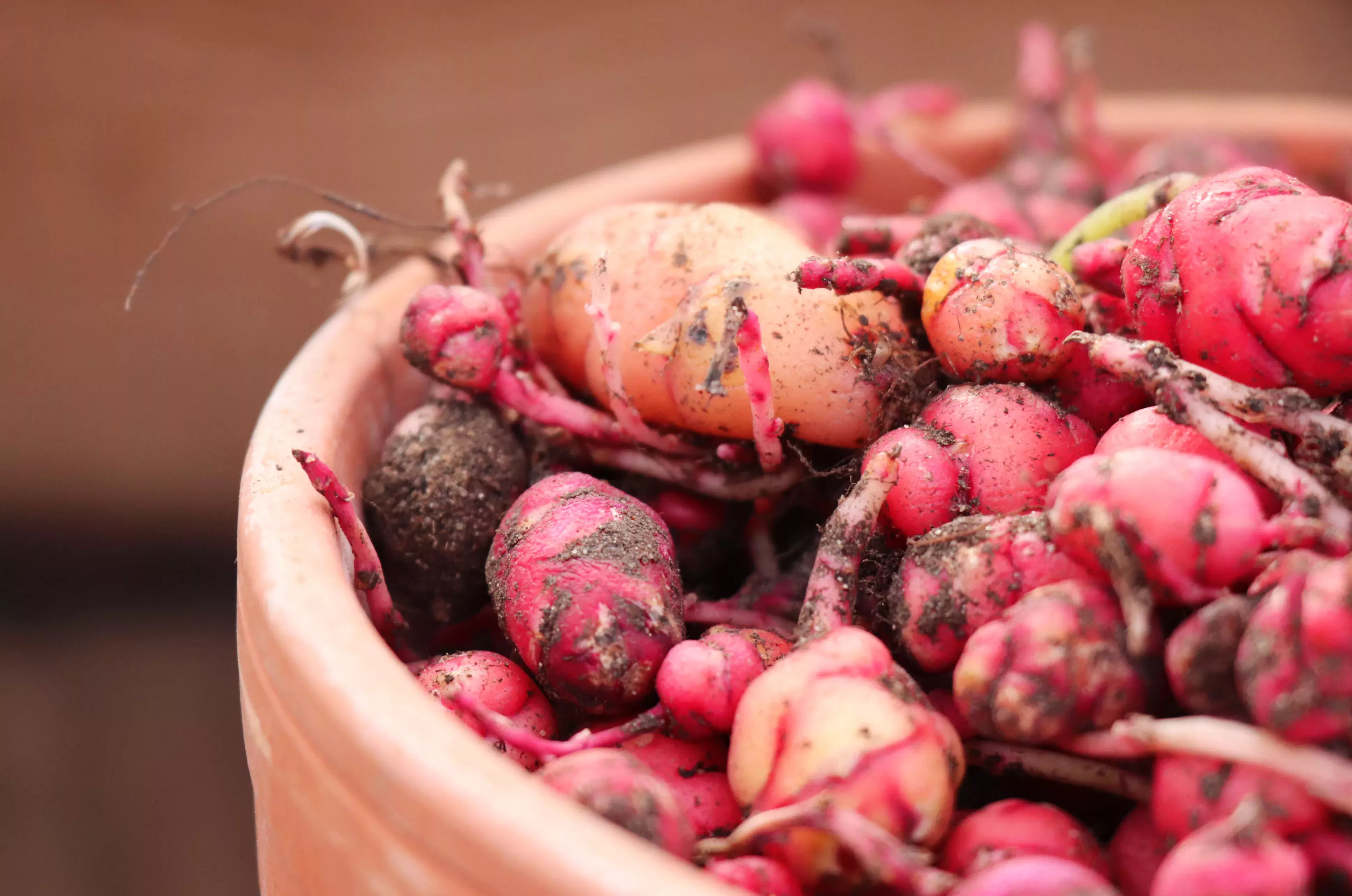
What does oca taste like?
Oca tubers have a fresh, lemony taste with juicy, firm flesh. They can be eaten raw or cooked, and they're delicious as an alternative to potatoes in any recipe.
As well as the tubers, the leaves are also edible and make a delicious addition to salads throughout the summer.
The stems can be used as an alternative to rhubarb and also have an acidic flavour. This comes from oxalic acid, a compound that gives rhubarb its sharp, tangy taste.
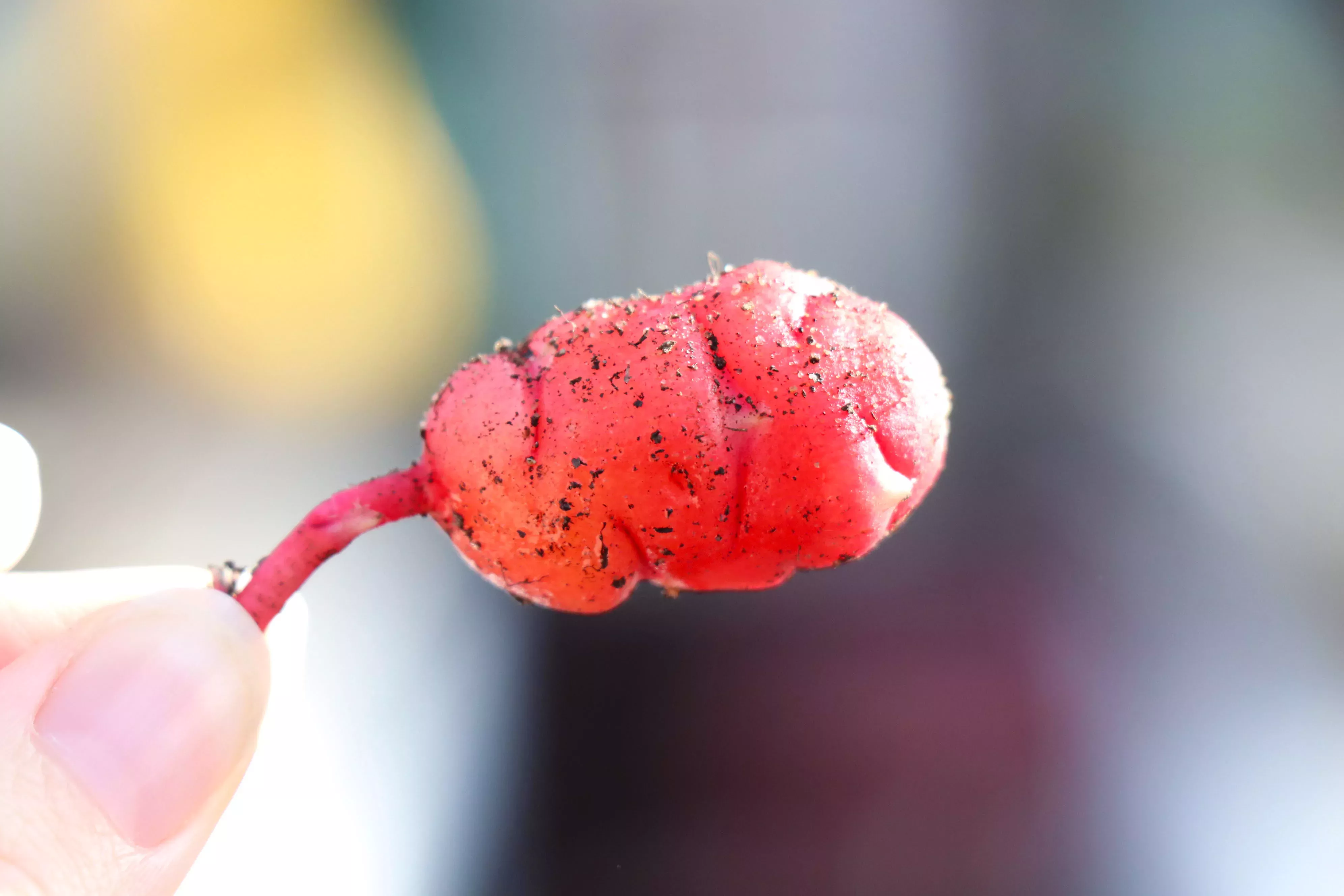

A peppery kick
Mashua is a climbing plant with white to yellow tubers and peppery-tasting tubers and leaves.
The peppery flavour comes from mustard oils which give mashua antibiotic properties. With a similar taste to our familiar radish, it's also relatively high in protein for a root crop.
We started growing this crop indoors in March and transferred it outside once all risk of frost has passed. We gave it tall supports, which allowed it to grow more than two metres high.

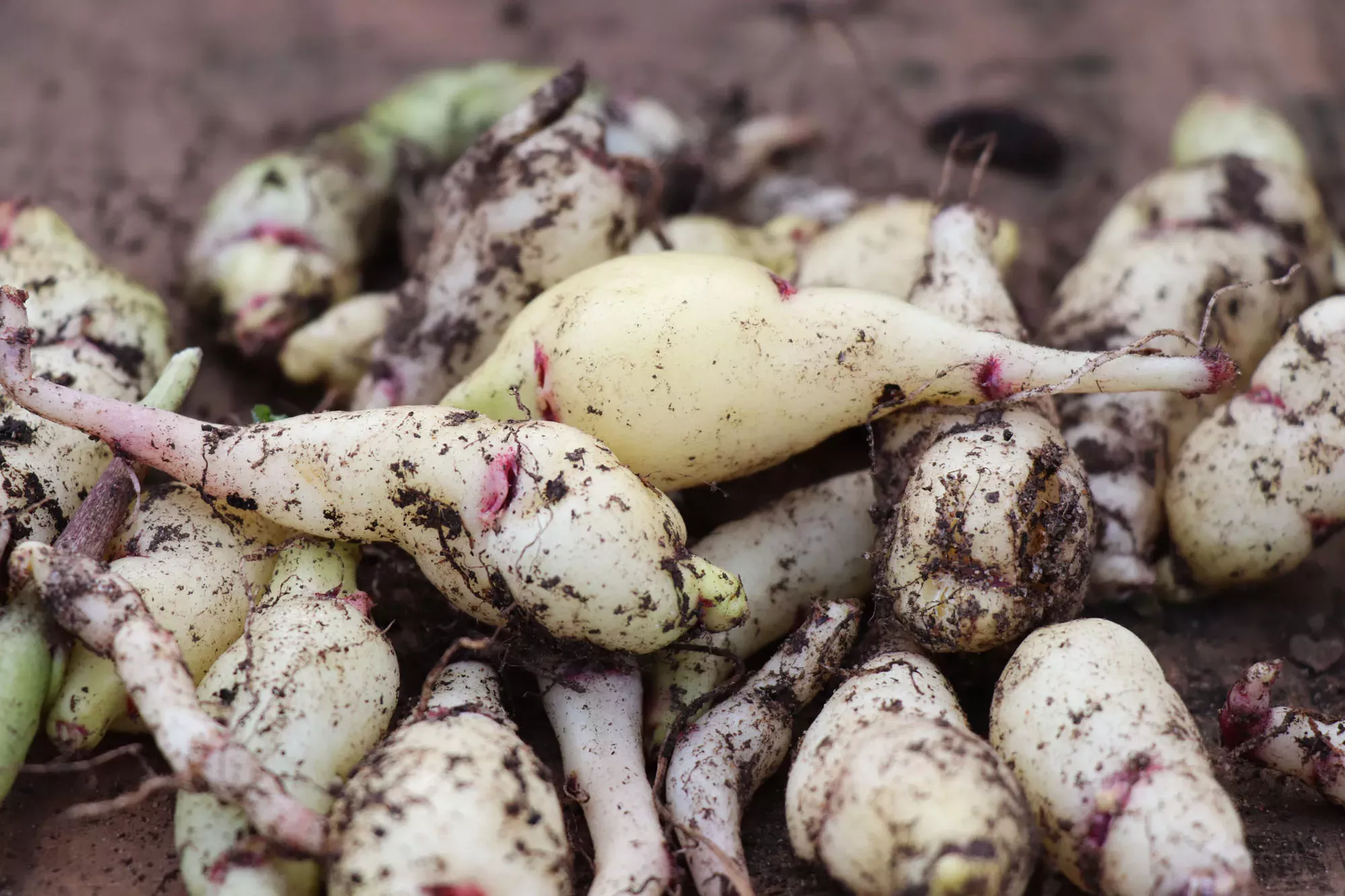
It's all about light
Both oca and mashua are short-day plants, which means they don't start producing tubers until the day length is less than 12 hours (this occurs in September in the UK).
This is called photoperiodism, which is when processes in the plant respond to how much darkness there is.
Plants react to day length because they want to make sure they're in ideal conditions when developing at certain stages of their life cycle. For example, some plants won't produce seed during summer, because the seeds will likely dehydrate and die.
But how do plants tell how long the night is? Clever light sensitive proteins in leaves measure the night length and signal to the plant how much light is available.
Andean crops such as oca and mashua choose to form tubers when there is a long period of darkness at night, as growing conditions are more favourable. This means the tubers we grew were quite small (about 5–10 cm in length) as they didn't have long to bulk up before we harvested them.
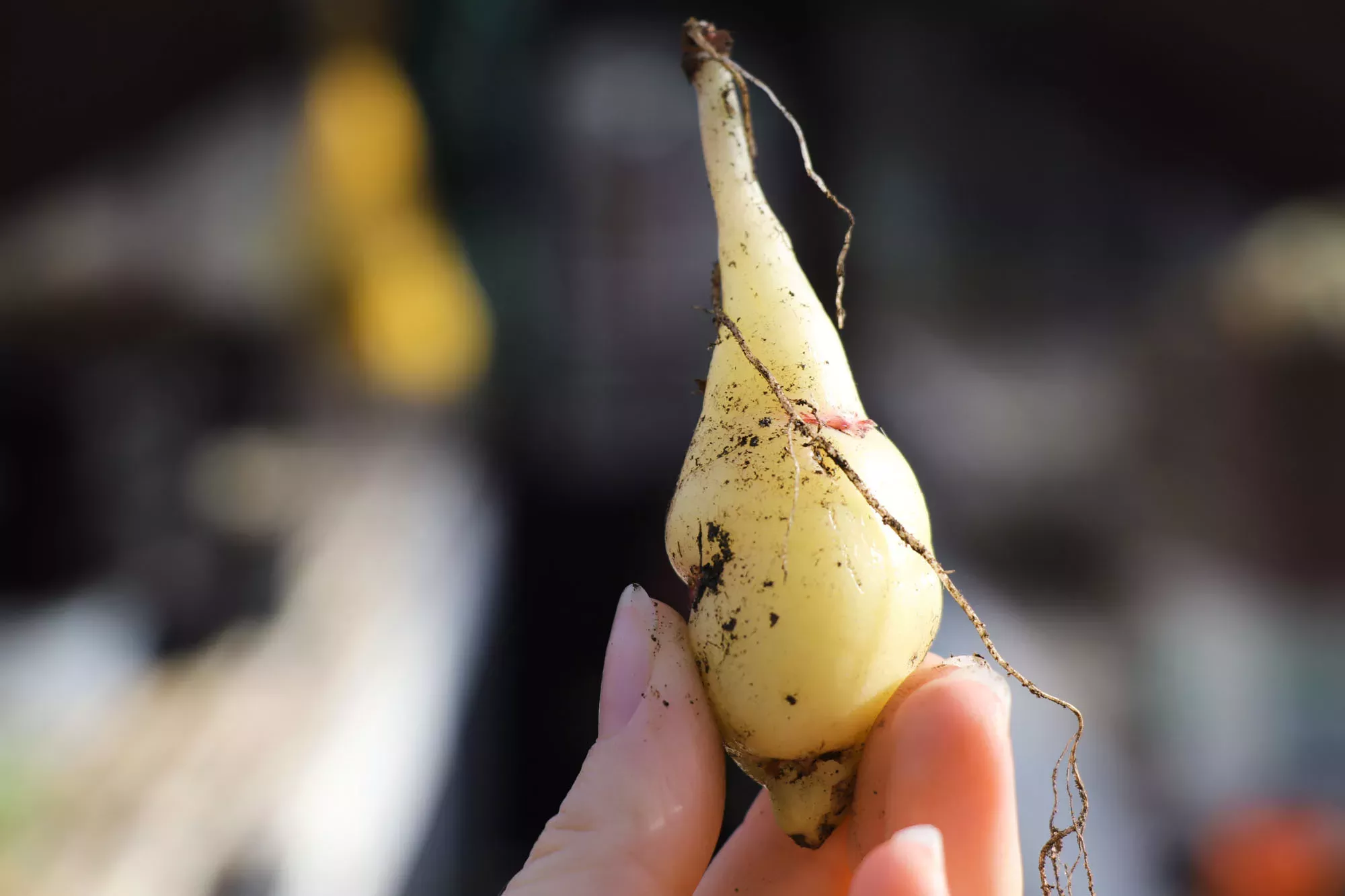
A potato back-up plan
Breeding the unwanted traits out of these tubers is possible, and would mean we could grow them bigger.
Selective breeding is something humans have done for centuries. For instance, when the potato first arrived in the UK, it was also a short-day plant like oca and mashua. This trait was bred out of potatoes so that we could grow potatoes at any time of year.
The same could be done with other tubers, and there is already work being done with oca to achieve this.
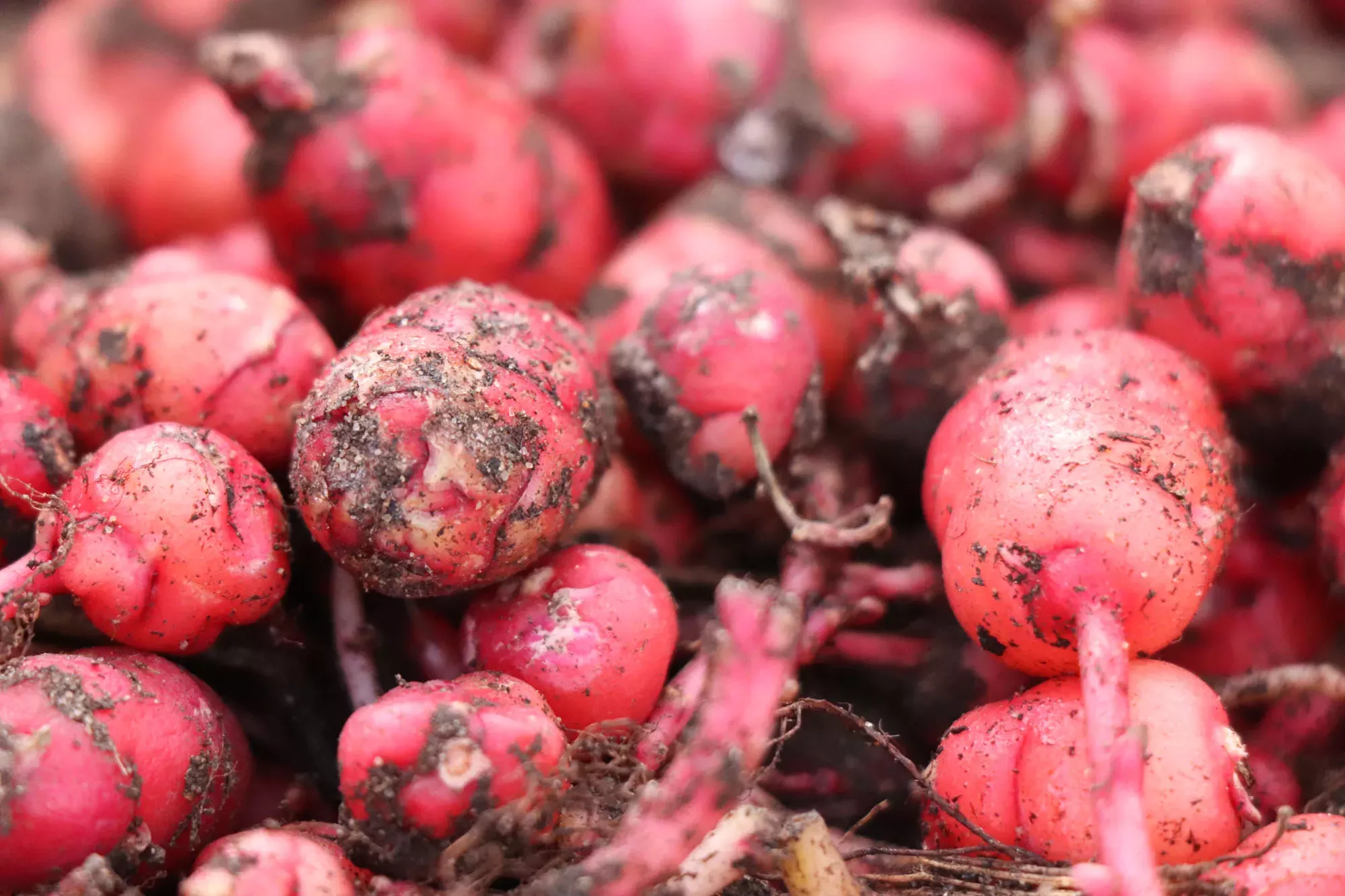
Food for the future?
As the climate changes, diseases such as potato blight could put our beloved potato crops at risk.
These tasty tubers could become more important in the future, as we look to resilient species that could be grown on a large-scale to replace more traditional crops.
.jpg.webp?itok=NnOKflve)

